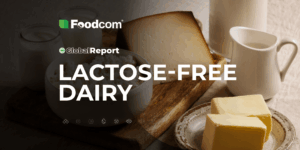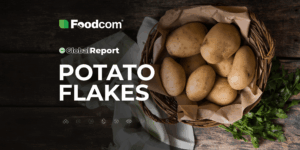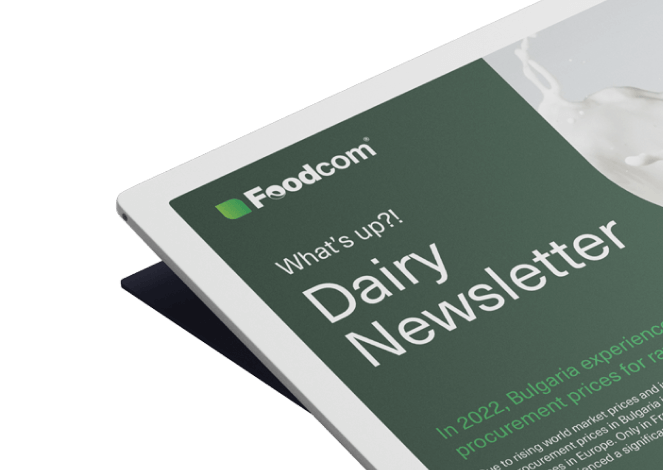- Colostrum is becoming a premium product in the global health and wellness market thanks to its unique immune and regenerative properties.
- Limited supply means that the market is growing mainly through technological innovation rather than production volume.
- The Asia-Pacific region is seeing the fastest growth, while North America remains the leader in terms of value.
- Trends towards premiumisation, transparency and ethical sourcing are increasingly shaping competition.
Colostrum is attracting increasing attention in the global health and wellness market due to its immunological and regenerative properties. Perceived as a natural source of immune support and overall health, it is used in adult supplements, children’s products, functional foods, and cosmetics.
The growing interest in colostrum stems from consumer trends focused on naturalness, preventive healthcare, and gut health. At the same time, manufacturers and distributors see this product as an opportunity to build a competitive advantage in the rapidly growing health and wellness market.
Market dynamics
Colostrum belongs to the premium product segment, and its unique character stems from its limited supply. Colostrum is produced exclusively in the first hours after calving and in small quantities, which means that its production cannot be scaled up at will. This biological limitation keeps colostrum in the niche product group, but at the same time highly valued in the supplement, functional food and pharmaceutical industries.
The market dynamics are significantly influenced by growing consumer health awareness. Colostrum is increasingly seen not only as a support for immunity, but also as an element of preventive healthcare, from improving intestinal balance to regeneration and overall body condition. The COVID-19 pandemic has further accelerated this trend, strengthening the position of immunostimulatory products in consumer awareness.
Manufacturers are responding to these needs by introducing increasingly diverse forms of colostrum to the market. In addition to classic powders and capsules, there are freeze-dried versions, standardized for immunoglobulin content, as well as preparations combining colostrum with probiotics, vitamins, and adaptogens. The cosmetics segment is also growing rapidly, where colostrum is valued for its regenerative and anti-aging properties.
Processing technologies are playing an increasingly important role in building competitive advantage. Freeze-drying, nanoencapsulation and methods for preserving the bioactivity of proteins increase the effectiveness and bioavailability of the product, thereby expanding its potential applications.
The growing importance of online sales channels cannot be overlooked. E-commerce enables global access to a wide range of products and, at the same time, promotes the development of subscription models and personalized formulas, which is part of the broader “direct-to-consumer” trend.
At the same time, the market is facing increasingly stringent regulatory requirements. Quality standards, transparency and certification requirements, especially in Europe and North America, favor large and trusted manufacturers, while acting as a barrier to entry for smaller companies.
Regional analysis of the colostrum market (2024 – first half of 2025)
The colostrum market is not developing evenly across the world. Individual regions differ both in size and growth dynamics.
North America
It is the largest colostrum market in the world. In 2024, it accounted for nearly 33.8% of global revenues. In the same year alone, it reached a value of approximately $1,209 million, and forecasts predict growth to $1,857 million by 2030, with a CAGR of 7.4%. The region owes this to its strong and developed cattle breeding infrastructure, consumer health awareness, and innovative product solutions (e.g., organic, standardized formulas) that are widely available through e-commerce and traditional retail channels.
Asia and the Pacific
Although North America dominates in terms of revenue, the APAC region is growing the fastest. The projected CAGR is as high as 10.9% for the period 2025-2030. In some analyses, APAC accounts for as much as 44.9% of the market share, which translates into approximately USD 1.5 billion in 2024. The growth is driven by a growing middle class, large population, developed dairy sector (including India, China, Australia, and New Zealand), and increasing health awareness and lifestyle changes associated with urbanization.
Europe
Although the European share is moderate (less than North America and APAC), the market is characterized by stable growth. Forecasts indicate a rate of around 7.1% CAGR between 2025 and 2030. Premium and clean-label trends are gaining importance, especially in Germany, the UK, and Scandinavia.
Latin America, Middle East, and Africa (LAMEA)
These markets are in a development phase, which on the one hand means gaps in supply and distribution, but on the other hand, significant growth potential. Growing interest in colostrum is particularly evident in the functional food, cosmetics, sports supplements and immune support segments. Sources indicate a growing share for these regions, but concrete market figures are rarely published.
Trends and forecasts for the colostrum market (2025 and beyond)
The colostrum market is maturing and moving beyond niche applications. Technological innovation, transparency in raw material sourcing, and the ability to build a premium offering will determine success in the coming years.
There is a clear shift from pediatrics and sports to prevention for adults and seniors. Demand is growing, and limited supply is driving consolidation. The largest companies are investing in technology and contracts with farms. At the same time, colostrum is entering the cosmetics and functional food segments, where anti-aging and regenerative properties are important.
Premiumization is becoming the norm. Consumers expect certification, standardization of immunoglobulin content, and full supply chain transparency. Producers are expanding their offerings by introducing colostrum in freeze-dried form, capsules, and tablets, as well as in “multi-blend” formulas combining colostrum with probiotics, vitamins, and adaptogens. The high price of the raw material is forcing further investment in technologies that increase bioavailability, such as nanoencapsulation.
Ethical issues are also gaining importance. Questions about animal welfare and the method of obtaining colostrum are being raised more and more frequently, and clear communication in this area may soon become a key element of competitive advantage.


Colostrum is one of the few products that cannot be produced in greater quantities, even with the largest investments. The raw material is biologically limited and will always remain so. This means that, unlike other supplement segments, the colostrum market will grow not so much through volume as through innovation in processing, combining with other ingredients, and creating solutions tailored to consumer needs. The biggest players have already understood this and are investing not in increasing supply, but in technologies that allow them to turn a single portion of raw material into a product with higher value.
Global reports by Foodcom S.A.
Are you curious about the future of colostrum? Discover the latest trends and insights that will shape the last months of 2025. Visit our blog, as we regularly update our global reports. Stay up to date with Foodcom S.A.
![Colostrum market analysis 2025 [Global Report] Colostrum market analysis 2025 [Global Report]](https://foodcom.pl/wp-content/uploads/2025/08/Global-Report-szablon-pod-bloga-colostrum-1520x760.png)
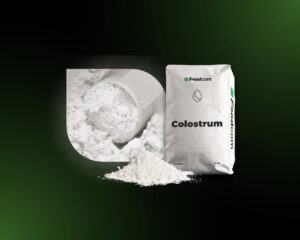
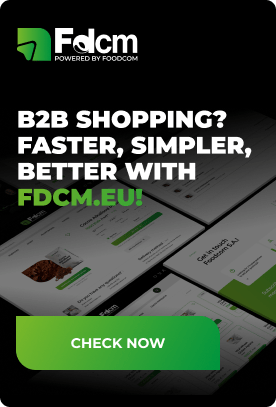
![Analiza rynku Colostrum w 2025 [Global Report] Analiza rynku Colostrum w 2025 [Global Report]](https://foodcom.pl/wp-content/uploads/2025/08/Global-Report-szablon-pod-bloga-colostrum-300x150.png)
